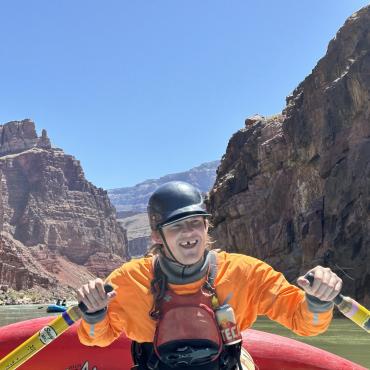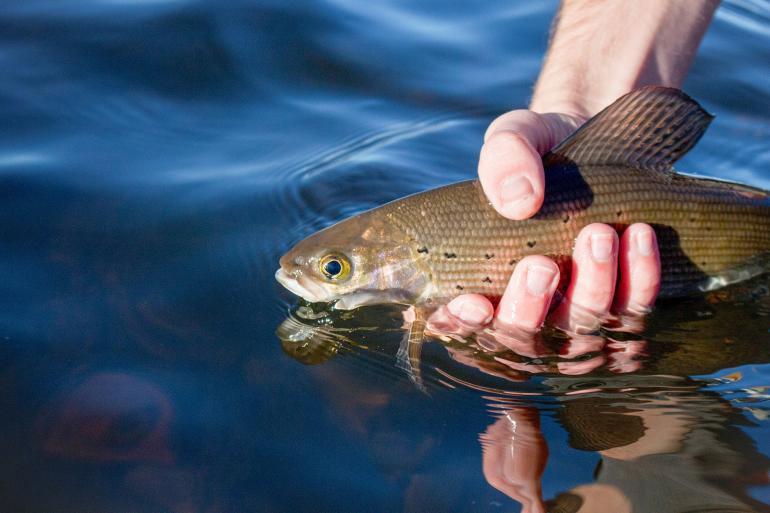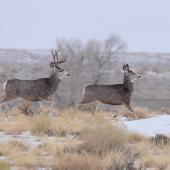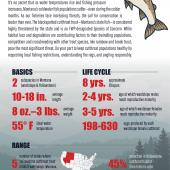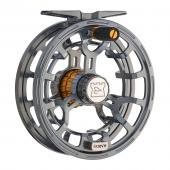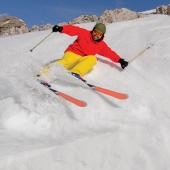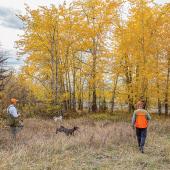Grayling Guidance
Tips and tricks for bringing the sterling salmonid to net.
Arctic grayling may not be Montana’s most particular fish, but there are still some things you ought to know before setting out in pursuit. Here’s a handful of pointers that should help you land a “stream shark” for yourself.
Where to Go
While their name may stem from the glacial waters that brought the arctic grayling to Montana, it’s also something to keep in mind when on the hunt for these spectacular salmonids: grayling require a constant source of cold, clean water. Beyond their native Big Hole, you can find them in lakes across southwest Montana and Yellowstone National Park. Of the latter, Grebe Lake is especially productive. There are also some populations of grayling in northern Montana near Kalispell and in Hungry Horse Reservoir. Check out fieldguide.mt.gov for a comprehensive distribution map.
What to Bring
Grayling may be renowned for their fight, they’re often smaller than the trout with whom they share the water. To fully experience the thrill of hooking a grayling, smaller rods in the two- to four-weight range are recommended.
Flies
For everything that grayling are, they are certainly not picky eaters. Small, simple fly patterns will work just fine:
- Small dries, #16-20, especially Adams, blue-winged olives, and elk-hair caddis.
- Small nymphs, #14-20, especially flashback pheasant tail, perdigons, midges, and caddis larva.
If all else fails, try using attractor patterns, but keep ‘em small.
Handling
Given their small population and limited range, it is crucial to exercise the utmost care with grayling and ensure a safe release. Moisten your hands, use a scale-safe net, limit gill exposure, and most of all, keep ’em wet!
This piece originally appeared in the Spring/Summer digital edition of Montana Fly Fishing Magazine. You can check out the article here.

